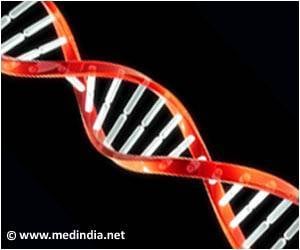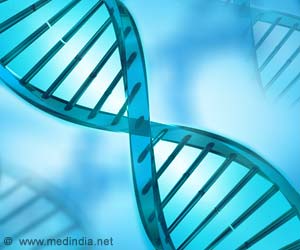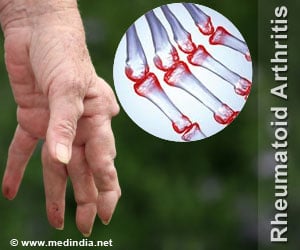Acute spinal cord injury can be treated by transplanting human embryonic stem cell without any harm.
Acute spinal cord injury can be treated by transplanting human embryonic stem cell without any harm, according to a recent study by UC Irvine researchers.
UCI neurobiologist Hans Keirstead and colleagues at the Reeve-Irvine Research Center found that rats with either mild or severe spinal cord injuries that were transplanted with a treatment derived from human embryonic stem cells suffered no visible injury or ill effects as a result of the treatment itself. Furthermore, the study confirmed previous findings by Keirstead's lab - since replicated by four other laboratories around the world - that replacing a cell type lost after injury improves the outcome after spinal cord injury in rodents. The findings are published in the current issue of Regenerative Medicine."Establishing the safety of implanted embryonic stem cells is crucial before we can move forward with testing these treatments in clinical trials," said Keirstead, an associate professor of anatomy and neurobiology and co-director of UCI's Stem Cell Research Center. "We must always remember that a human clinical trial is an experiment and, going into it, we need to assure ourselves as best as we can that the treatment will not cause harm. This study is an important step in that direction."
In 2005, Keirstead's lab was the first to coax human embryonic stem cells to become highly pure specialized cells known as oligodendrocytes. These cells are the building blocks of myelin, which acts as insulation for nerve fibers and is critical for maintenance of electrical conduction in the central nervous system. When myelin is stripped away through disease or injury, paralysis can occur.
In this study, as in the original one, when the rats suffering from severe spinal cord injury were injected with the oligodendrocytes seven days after injury, the cells migrated to the appropriate sites within the spinal cord and wrapped around the damaged neurons, forming new myelin tissue.
By contrast, the rats who were only mildly impaired showed no increase or decrease in myelin generation, and no change in their walking ability after transplantation. According to Keirstead, the injury was so minor that no loss of myelin occurred. Therefore, a treatment based on remyelination would have no effect and the animals recovered motor function on their own. More importantly, while the treatment did not help with functional recovery, it also did not impair it. Upon further examination, the scientists found no damage to the tissues surrounding the spinal cord indicating that the transplantation had not caused any damage to the animals.
"Our biggest safety concern was that in the case of a severe injury, any harm the stem cell-derived treatment could cause would be masked by the injury itself," Keirstead said. "In this study, we can see in animals that are only slightly injured that the transplantation does not cause visible harm and the injury is not hiding any damage the cells may have caused to the spinal cord or the surrounding tissue."
Advertisement
Frank Cloutier, Monica Siegenthaler and Gabriel Nistor collaborated on the study, which was supported by Geron Corp.; a UC Discovery Grant; the Roman Reed Spinal Cord Injury Research Fund of California; Research for Cure; and individual donations to the Reeve-Irvine Research Center.
Advertisement
(Source: Eurekalert)











